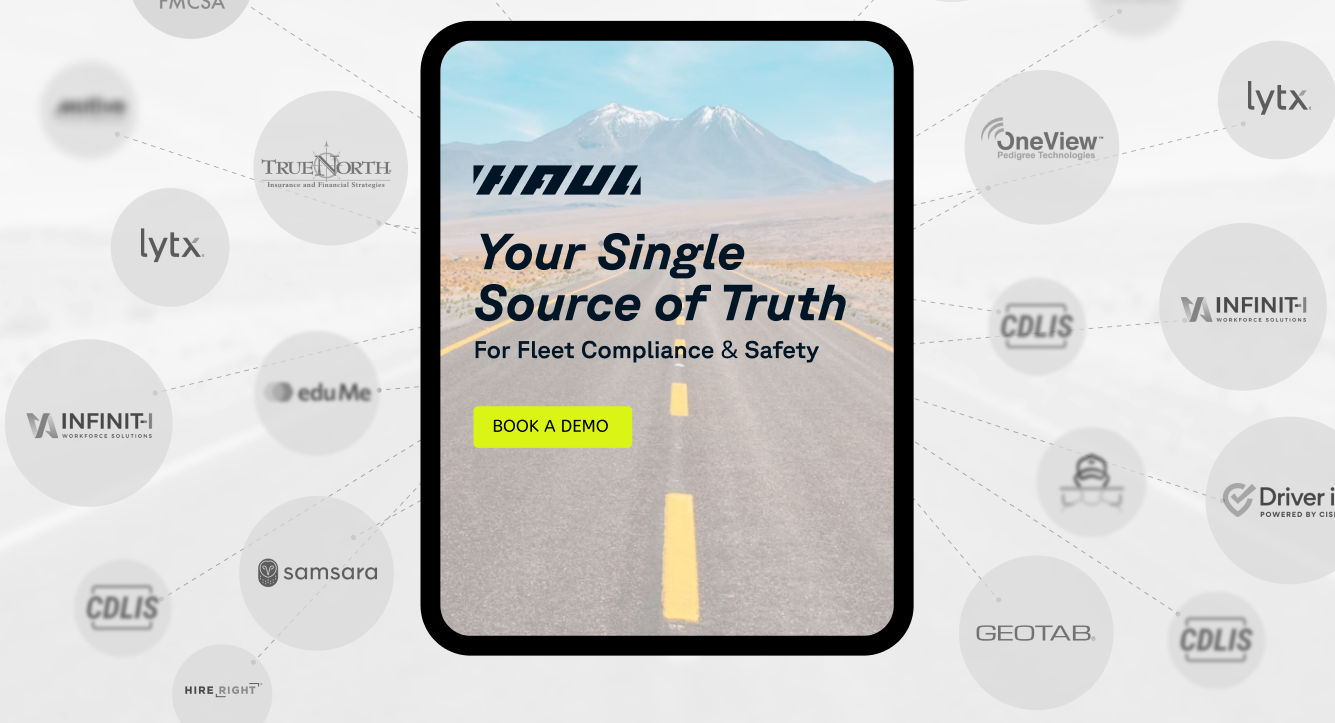Understanding the Pennsylvania Physical Form Requirements

In this article, we will delve into the specifics of the Pennsylvania physical form requirements for drivers' permits, particularly focusing on the learner's permit. We'll also explore how these requirements tie into the broader context of fleet management, safety, and compliance. Understanding these elements not only aids in compliance but also enhances the safety and efficiency of fleet operations, thereby minimizing risks and maximizing productivity.
What is a Physical Form for Driver's Permit in Pennsylvania?

by Kate Trysh (https://unsplash.com/@katetrysh)
The physical form for a driver's permit in Pennsylvania, often referred to as the DL-180 form, is a vital document required for anyone seeking a learner's permit in the state. This form serves as an official record of an individual's physical health and fitness to operate a vehicle safely. It is essential for both new drivers and those responsible for fleet management to be familiar with this document to ensure all legal and safety standards are met.
Key Components of the DL-180 Form
The DL-180 form includes several critical sections, each designed to ensure that the applicant meets the physical and medical standards necessary for safe driving. These sections typically cover:
- Vision Screening: A basic requirement for all drivers, ensuring that they can see road signs and potential hazards clearly. This is crucial as impaired vision can lead to accidents, putting both the driver and other road users at risk.
- Medical History: Applicants must disclose any medical conditions that could impair their ability to drive safely, such as epilepsy or heart conditions. This transparency is vital to assess the potential risks associated with medical conditions while driving.
- Physician's Certification: A licensed medical professional must certify that the applicant is physically fit to drive. This step is crucial as it provides an expert evaluation of the applicant's health, ensuring they meet the necessary criteria for safe driving.
Understanding these components is vital for fleet managers and logistics directors, as they are responsible for ensuring that all drivers under their supervision meet the necessary standards for safe operation. This knowledge can aid in avoiding legal issues and ensuring the safety of both the drivers and the fleet.
Why is the Physical Form Important for Fleet Management?

by Joseph Pearson (https://unsplash.com/@josephtpearson)
From a fleet management perspective, the physical form is more than just a bureaucratic requirement—it's a critical component of your safety and compliance strategy. Ensuring that all drivers have completed their physical forms correctly can help mitigate risks and enhance operational efficiency. Here's why:
Ensuring Compliance and Safety
Compliance with state regulations is non-negotiable in fleet management. The physical form serves as a documented assurance that your drivers are fit for duty, reducing the risk of accidents and liability issues. Moreover, regular updates to these forms can help identify potential health issues before they become safety hazards. Being proactive in these updates can prevent costly incidents and promote a culture of safety within the organization.
Enhancing Operational Efficiency
By integrating physical form data into your fleet management systems, you can gain real-time insights into your drivers' health and fitness levels. This information can be used to optimize scheduling, reduce downtime due to health-related absences, and ultimately improve your fleet's overall performance. Furthermore, analyzing trends in health data can assist in strategic planning, allowing for better resource allocation and improved service delivery.

How to Obtain and Complete the Physical Form
Obtaining and completing the physical form for a driver's permit in Pennsylvania is a straightforward process, but it requires attention to detail. The process is designed to ensure that all necessary health checks are performed and documented, minimizing potential risks on the road.
Steps to Obtain the DL-180 Form
- Download the Form: The DL-180 form can be downloaded from the Pennsylvania Department of Transportation (PennDOT) website. This step is convenient and ensures you have the latest version of the form.
- Schedule a Medical Examination: Arrange for a licensed physician to conduct a medical examination and complete the relevant sections of the form. This examination is vital to ensure that the driver is physically capable of operating a vehicle safely.
- Submit the Form: Once completed, the form must be submitted as part of the learner's permit application process. Timely submission is crucial to avoid any delays in permit issuance.
Common Mistakes to Avoid
- Incomplete Information: Ensure that all sections of the form are filled out accurately and completely. Missing information can lead to processing delays and potential compliance issues.
- Outdated Medical Certification: The physician's certification must be dated within six months of the permit application. This ensures that the medical evaluation is current and relevant.
- Illegible Entries: Make sure all information is legible to avoid processing delays. Clear, legible documentation helps in smooth processing and avoids unnecessary complications.
Integrating Physical Form Data into Fleet Management Systems

by Joshua Sortino (https://unsplash.com/@sortino)
For fleet managers and logistics directors, integrating physical form data into existing systems can provide valuable insights and enhance decision-making processes. Here are some ways to achieve this:
Leveraging Technology for Real-Time Insights
Modern fleet management software can be configured to track and manage physical form data. By integrating this data into your systems, you can receive alerts about upcoming medical renewals, monitor trends in driver health, and make data-driven decisions to enhance fleet safety and efficiency. This proactive approach can significantly reduce risks and improve the overall operational readiness of your fleet.
Fostering Transparency and Partnership
Sharing insights from physical form data with stakeholders—such as drivers, healthcare providers, and regulatory bodies—can foster transparency and strengthen partnerships. By demonstrating a commitment to driver health and safety, you can build trust and collaboration across your operations. This transparency not only improves internal processes but also enhances external relationships, contributing to a positive reputation and operational success.

Conclusion: The Role of Physical Forms in Risk Management
In conclusion, understanding and adhering to the Pennsylvania physical form requirements is essential for anyone involved in fleet management and logistics. By ensuring that all drivers are physically fit and compliant with state regulations, you can enhance safety, improve operational efficiency, and reduce risk. This commitment to compliance and safety is a cornerstone of successful fleet management practices.
As a professional committed to safety, efficiency, and innovation, I encourage fleet managers and logistics directors to embrace technology and data integration as tools for managing these challenges. Remember, the physical form is not just a piece of paper—it's a vital component of your overall strategy for success in fleet management. By leveraging these tools, you can create a safer, more efficient operational environment that benefits everyone involved.
By staying informed and proactive, you can ensure that your fleet operates smoothly and safely, contributing to the broader goals of your organization and the communities you serve. The impact of these efforts extends beyond compliance, fostering a culture of safety and efficiency that resonates throughout your organization and its operations.

